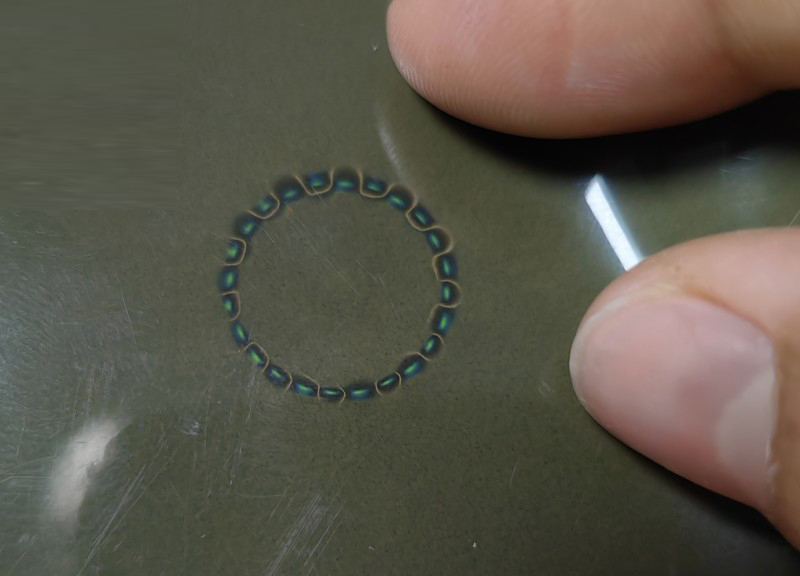What is the relationship between the number of motor stator poles and rotor poles? Many friends may not know, in fact, it is not difficult to understand, there is a relevant foundation of friends will understand at a glance, the following courage magnet manufacturers to take you to analyze it!
A motor is divided into a stator and a rotor, which exchange energy continuously through a magnetic field. According to motor theory, the number of poles in the stator and rotor must be equal. The rotor is a permanent magnet and the number of pole pairs is well understood to be one-half the number of magnets.
The picture below shows a 24-pole ring magnet, or 12 pairs of poles, 12N12S.

But no clear definition has been found for the number of poles of the stator winding. The understood condition for energy exchange is that the magnetic field of the stator winding must complete a full cycle within a pair of poles of the rotor, which means that the poles of the stator magnetic field must also have a full cycle of NS transformation. For the formula of motor speed n=60f/p, if the number of poles of the stator and rotor are the same, there is no need to distinguish whether p is the stator or the rotor, and this formula is in fact the formula for asynchronous motors.
Asynchronous motors are more intuitive as the speed regulation is FM. But for synchronous motors, many say it is incorrect because the definition of f is wrong. For example, vector controlled synchronous motors are constant voltage to frequency ratio (V/f) modulated, which means that as the voltage increases, so does f, so according to 60f/p, the speed increases. f is the output current frequency (called the electrical frequency). Low-speed motors have current frequencies between 100 and 500hz. Specifically, you can measure the bus current waveform of a synchronous motor and observe how the waveform (mainly the frequency) changes as the speed changes, and use that frequency to calculate the speed of the synchronous motor just as accurately.
We are a manufacturer of permanent magnets, we can supply all kinds of materials, types of motor rotor & stator magnets, welcome to inquire about samples, prices.
Classes of magnets commonly used in electric motors;
Powerful Arc Segmented Magnets
Multi-pole neodymium magnet ring
Other articles;
How to detect the magnetic pole pairs of brushless motors?
Relation Between Hall and Pole Pair Number of Brushless Motor
 China Neodymium And Ferrite Magnets Manufacturer & Supplier
China Neodymium And Ferrite Magnets Manufacturer & Supplier 


